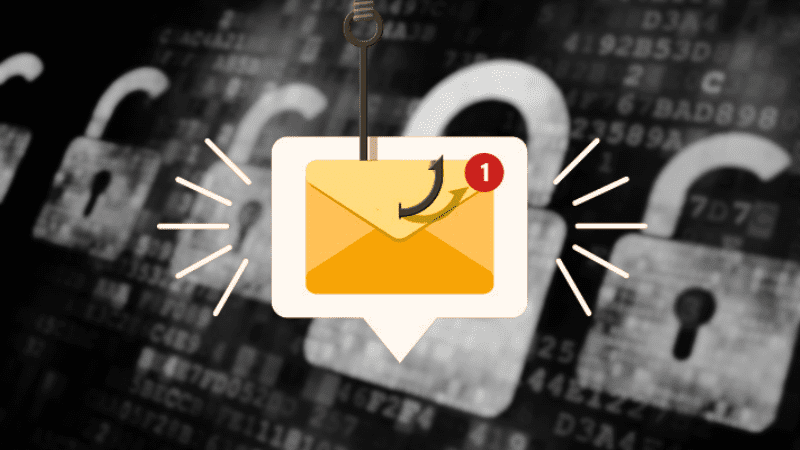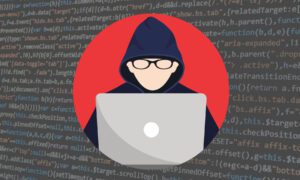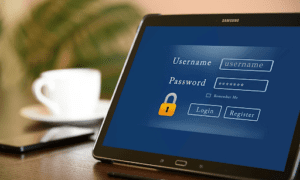The thought of sharing passwords may appear to be unpleasant because it increases your risk of experiencing data breaches and unauthorized access to confidential information. Yet, the practice is essentially inevitable in the workplace.
As people collaborate on different projects or manage shared tasks, they need to get hold of the login info to complete their assignments. Without appropriate controls, passwords may circulate throughout the workplace and land in the wrong hands. In light of this, it’s essential to establish and implement several ground rules to share password securely. Remember to also encourage all of your teammates to learn about these rules and adhere to them.
Secure password-sharing practices
While it is prudent to keep passwords a secret for safety reasons, there are certain situations where giving out login information is required. This is especially true in a work environment. In this case, it’s important to identify ways to securely share passwords so as to minimize cyberattack risks. Below are recommendations that can help you to engage in safe password sharing practices:
Apply a password manager
A password manager lets you share passwords and other confidential info safely. This password sharing tool stores the credentials in a vault and auto fills them every time a person opens a website or app. The autofill feature ensures that you don’t have to key in your info whenever you want to access an account. This reduces the risk of your data being stolen using keylogging tools.
Use end-to-end encryption
Using an end-to-end encryption solution is a great way to secure your passwords. Encryption is mainly helpful when you are sending login details to your teammates via email. A password encryption tool offers extra protection for passwords while in transit over the network. As a result, criminals cannot decipher login credentials even after stealing them.
Promote a strong password policy
Oftentimes, people are tempted to come up with simple passwords that they can remember easily. Unfortunately, hackers can target such passwords. It’s vital for your team to have strong and distinctive passwords to mitigate cyber risks and still share them with others easily.
Also, ensure your team members don’t recycle passwords across accounts because this can put the integrity of other accounts that have a similar password at risk. Another approach is to enable multi-factor authentication on all accounts that employees share. Cyber attackers won’t access your platforms without a second factor. Furthermore, consider utilizing a password generator. The tool can help you create solid passwords which are hard to decipher.
Not revealing privileged passwords
Another method of sharing passwords securely is to permit people to access IT systems without disclosing privileged passwords in plain text. The goal is to ensure that the team from the IT department still controls the shared privileged accounts and everyone who accesses them. This may entail letting users instigate a remote desktop session using a safe entry without needing them to give out the account details manually.
Create alerts sharing passwords
There’s a way that administrators can know when someone has altered, deleted, or shared your passwords. You can make this possible by setting up real-time alerts that notify admins of any activity other people have performed on passwords. The use of alerts can eventually help you standardize how you share a password securely among team members.
Reset shared passwords whenever people leave
Failure to deactivate accounts or modify login info when a person leaves your organization can be dangerous. Unwanted parties may obtain access to your accounts and sensitive info, exposing them to cyberattacks. Despite the situation that caused a teammate to leave, it’s advisable to disable all their personal accounts and reset any passwords they can access.
Make admin approval for retrieving passwords mandatory
For secure password sharing, require the admin to approve password access requests. Additionally, make sure all activities related to passwords, including resets, pass through a request-release workflow. These measures will eradicate the likelihood of team members gaining unauthorized access to IT resources.
Implement one-time sharing provisions and audit-sharing activities
Ensure that everyone can only access passwords temporarily for a restricted period of time. Then, cancel permission after users are done with their tasks. This way, it’s possible to keep an eye on all transactions conducted, further promoting the safety of your resources.
Consider auditing all sharing activities and other password-related operations as well. You can do this using a timestamp and the IP address of the users. Through audit trails, you will understand if people send passwords securely, how they use it, when, and from where. Consequently, you may identify individuals that may have misused passwords and take appropriate action.
Is it safe to share passwords?
Generally, sharing passwords is not a good idea because doing so puts your info and account at risk of cyberattacks. Giving other people your login details can also get you in trouble. If you contravene a platform’s terms of use through account sharing, you risk being banned from service. However, if sharing your passwords is unpreventable, then the only way to mitigate security risks is to apply the recommended safety measures.
Summary
Even though password sharing is mostly discouraged due to safety reasons, it is now evident that implementing secure sharing practices will help keep those concerns at bay. So, be sure to use a password manager and end-to-end encryption, create alerts, audit sharing activities, reset passwords, etc. You can also use a free password encryption tool like Duckist.com to share password securely and prevent phishing attacks.



































